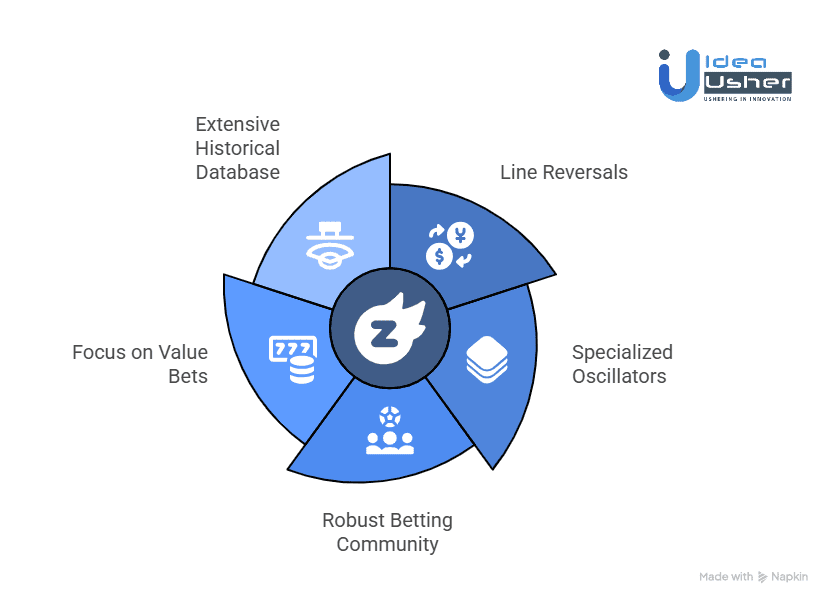Hookup Check: Your Ultimate Dating Resource
Explore insights, tips, and advice for modern relationships and hookups.
Building the Digital Playground: Secrets of Effective Betting Platform Architecture
Unlock the secrets to crafting a winning betting platform! Explore innovative architecture ideas for your digital playground today!
Essential Elements of a Secure and Scalable Betting Platform
Creating a secure and scalable betting platform requires a combination of robust technology and strategic planning. First and foremost, implementing strong encryption methods, such as SSL certificates, ensures that data transmitted between users and the platform remains confidential and protected from potential breaches. Additionally, utilizing a multi-layered security architecture can help in mitigating risks and threats. Regular software updates, vulnerability assessments, and employing secure coding practices are also essential to shield the platform from emerging threats.
Moreover, scalability is crucial for accommodating an increasing number of users and transactions, particularly during peak times such as major sports events. To achieve this, leveraging cloud computing technologies can provide the necessary resources while maintaining performance. Implementing load balancing and automated scaling solutions helps manage fluctuations in user traffic effectively. Finally, having a robust data management strategy ensures that user information is handled efficiently while sustaining high availability and reliability across the platform.

Counter-Strike is a popular tactical first-person shooter game that emphasizes teamwork and strategy. Players can choose between different roles, with terrorists and counter-terrorists facing off in various objective-based game modes. You can enhance your gaming experience by checking out the roobet promo code to unlock exciting bonuses while playing.
Understanding User Experience in Betting Platforms: Best Practices
Understanding User Experience in betting platforms is crucial for both operators and users. A positive user experience not only leads to higher customer retention but also enhances overall satisfaction. To create an intuitive platform, it's essential to integrate best practices in design, navigation, and functionality. For instance, a simplified registration process can significantly reduce drop-off rates. Operators should consider implementing an optimized interface that adapts seamlessly across various devices, ensuring a consistent experience whether accessed via desktop or mobile.
Moreover, providing clear and accessible information is vital in enhancing user experience. Utilizing features such as a comprehensive FAQ section, informative tutorials, and live chat can support users in navigating the platform effectively. Additionally, incorporating gamification elements, like rewards and leaderboards, helps engage users and incentivizes their participation. Ultimately, a successful betting platform prioritizes the user's journey, reaffirming that a focus on user experience not only benefits the players but also drives business growth.
How to Choose the Right Technology Stack for Your Online Betting Site
Choosing the right technology stack for your online betting site is crucial to its success. The first step is to identify your site's requirements, such as scalability, security, and user experience. Consider using a combination of front-end and back-end technologies that align with these requirements. For instance, a popular choice for the front-end is React or Vue.js, which offer dynamic interfaces. On the back-end, you might opt for Node.js or Python with frameworks like Django to enable robust server-side functionality. Make sure to evaluate how each technology integrates with payment gateways and other third-party services crucial for betting sites.
Another factor to consider is the regulatory compliance necessary for online betting platforms. Your technology stack should facilitate compliance with regulations such as GDPR for user data protection and various gambling laws specific to your target markets. Furthermore, implementing cloud solutions can enhance your site’s scalability and reliability. It's advisable to utilize a combination of managed services from providers like AWS or Google Cloud to ensure uptime and performance. Carefully assess your choices, consult with industry experts when needed, and ensure that the technology stack you choose is not only robust but also adaptable to future technological advancements.